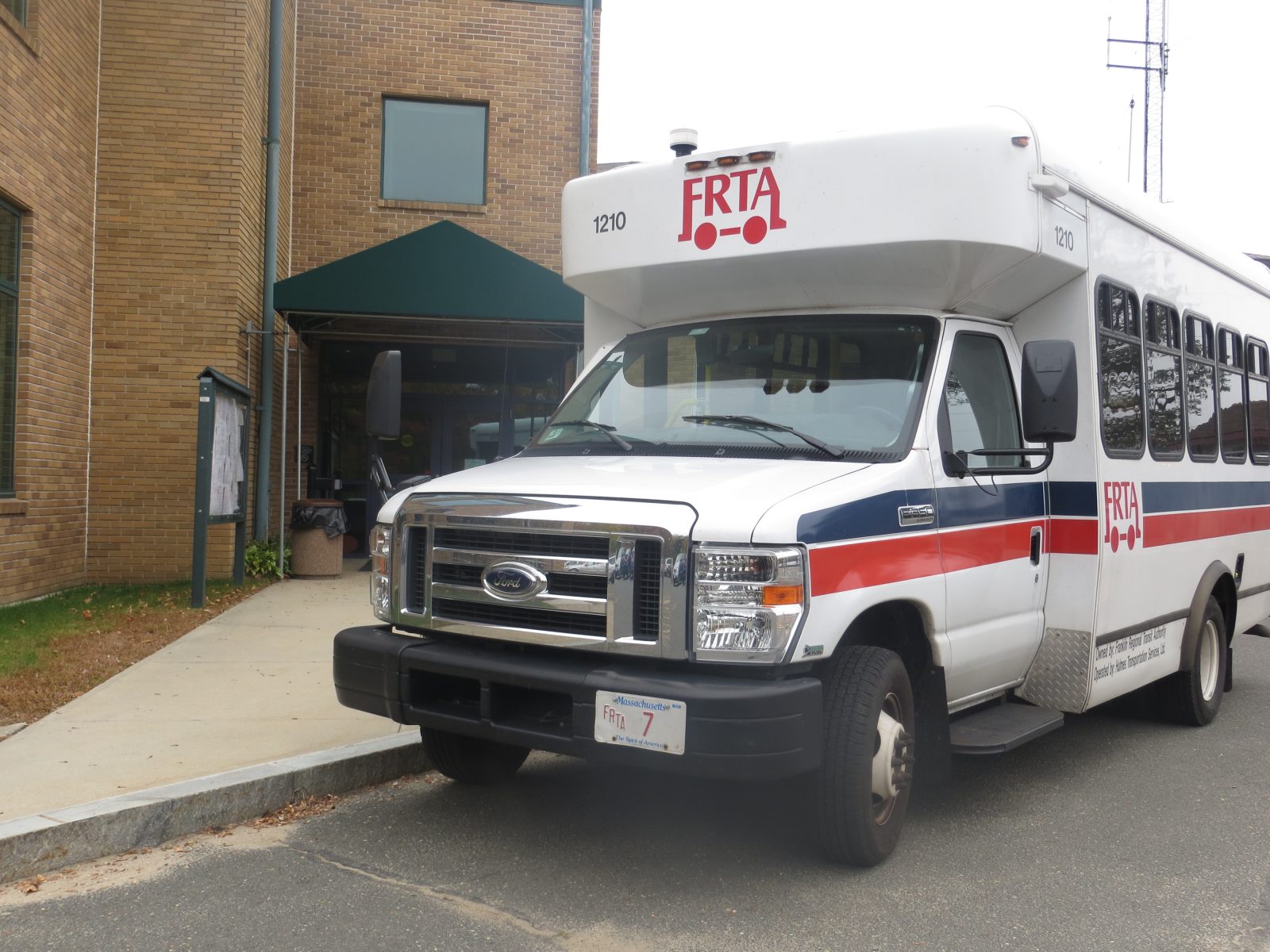WESTFIELD- An increased fleet of hybrid buses is helping the Pioneer Valley Transit Authority (PVTA) reduce its environmental footprint in numerous communities throughout western Massachusetts, including Westfield.
The PVTA has hit the streets with its 10 new hybrid buses since purchasing them more than a year ago. This was made possible by a $6.2 million grant through the U.S. Department of Transportation’s State of Good Repair program, with some matching funds from the Massachusetts Department of Transportation. The grant program funds the replacement or rehabilitation of buses and related equipment, as well as renovation and construction of bus-related facilities. According to PVTA Administrator Mary MacInnes, the transit authority has also eyed this and similar grant programs as possible future funding sources for needed repairs at its Springfield facility. The PVTA also has garages based in Amherst and Northampton.
The new buses, including the hybrid vehicles, were dispersed between the three garages. While those included in the total 175-bus fleet are floated around among different communities, MacInnes said that five of the 10 new hybrid buses are among those based out of the Springfield facility, which encompasses the City of Westfield.
Secretary of the Massachusetts Office of Energy and Environmental Affairs Richard K. Sullivan, Jr. said the move to hybrid buses and other transportation is happening across the Commonwealth.
“This is part of the greenDOT initiative,” said Sullivan. “We are making the fleet of public transportation – and transportation in general – much more environmentally friendly.”
Sullivan said every regional transportation authority is making the change, as is the Department of Transportation, where the GreenDOT initiative began. The goals of the GreenDOT initiative are three-fold. The first goal is to reduce greenhouse gas omissions. The second is to promote healthy transportation modes, such as walking, biking, and using public transportation. The third goal is to support smart growth development.
“We are seeing the installation of charging stations now, and there is a big move toward electric vehicles and hybrids,” Sullivan sad. “This is all helping our effort to reduce gas emissions by 25 percent by 2020.”
The hybrid buses purchased with the grant funds joined several similar vehicles already owned by the PVTA. These replaced older ones that had become rundown after years of frequent use. Additionally, nearly 20 more new, more fuel-efficient buses were unveiled late last year. The PVTA replaces older buses when they have reached the end of their “useful lives.” MacInnes said that typically spans about 12 years.
“We can replace them when we are [financially] in a position to do so,” she said. “But on a routine basis, it’s hard to get hybrid buses due to the cost.” MacInnes added that it is programs like the federal State of Good Repair that ultimately allow for reduced vehicle emissions in communities such as those in the Pioneer Valley.
Hybrid buses, which run on a combination of diesel fuel and electric motor, are also more fuel efficient, she said, getting 6 miles per gallon. Traditional diesel buses average 4 miles per gallon. Also, diesel-electric hybrid buses produce low carbon monoxide emissions and low greenhouse gas emissions.







